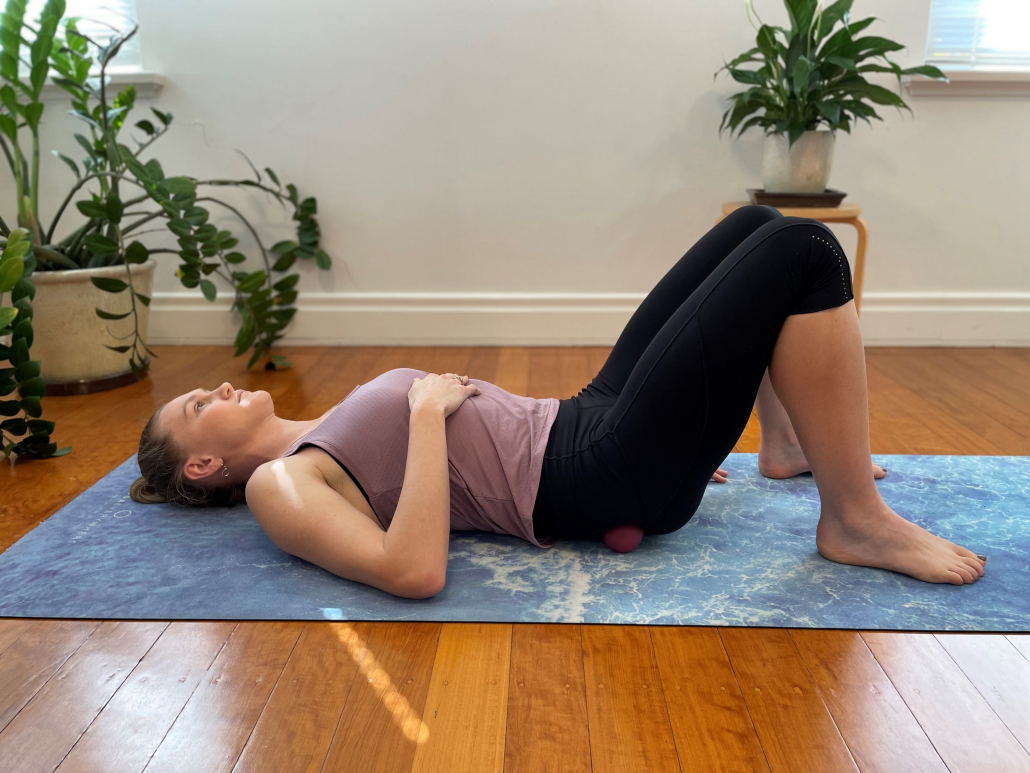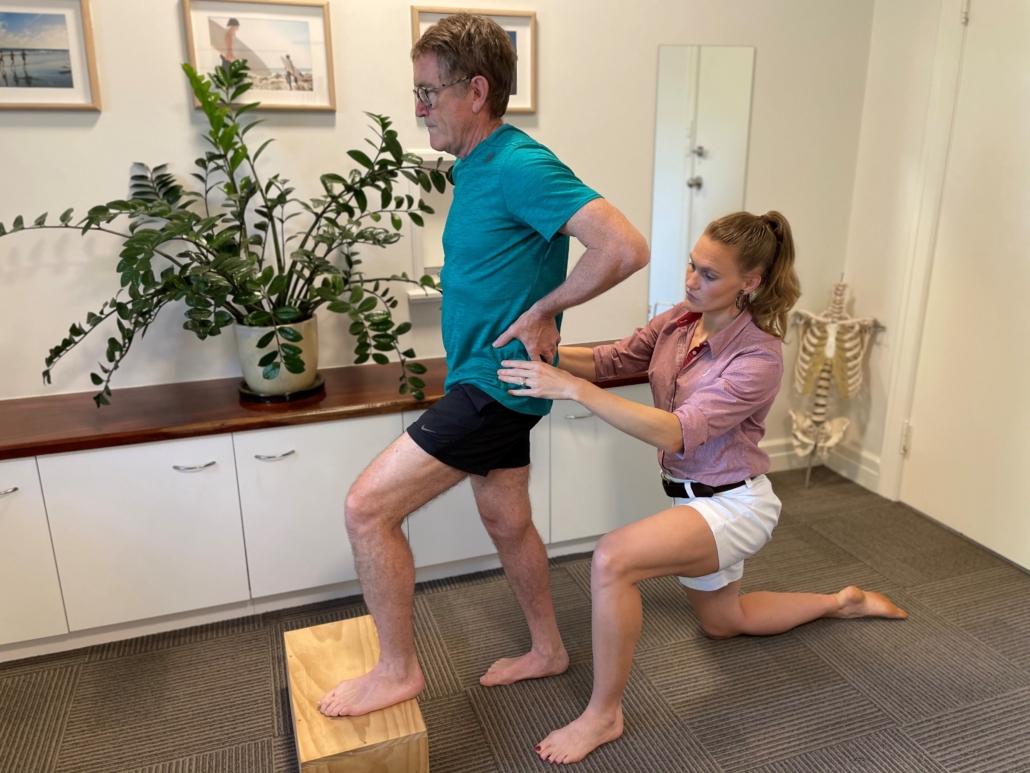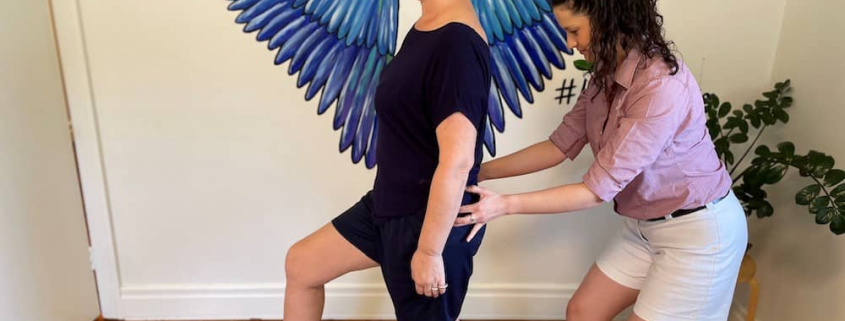How to Activate Glutes
There’s a reason that glute activation is such a popular area of focus for health and fitness professionals. While there are many different approaches for how to activate glutes, the importance of doing so is clear.
The ‘glutes’ actually refers to a group of muscles located around the hips, that make up the buttocks. Together, the glutes play an important role in stabilising the hips and pelvis, supporting the lower back (especially during lifting) and contributing to knee and ankle stability. As a result of this, good glute activation is of high importance for injury prevention and also injury recovery. The best way to improve and maintain glute activation is through specific exercises. These are covered in more detail below:
Why Are My Glutes Switched Off?
Before we get to how to activate your glutes, it is relevant to understand why they may not be working well in the first place. There are a couple of reasons that your glutes may not be firing as expected.
First of all, the phenomenon of ‘pain inhibition’ can play a significant role. Studies have shown that in the presence of pain, glute muscle activity is often significantly decreased or inhibited. This can be from local pain (such as the hip) or further removed, such as the ankle. There are a number of theories as to why muscle activity is inhibited in these instances, what we do know is that just because the pain resolves does not mean the muscles automatically start activating normally again.
There is also some evidence that spending a lot of time in sitting, where the glutes are on stretch while the hip flexors (the opposing muscle group) are activated may also contribute to poor glute activation. What is definitely clear, is that because the glutes play such an important role in the stability and movement of the lower back, hip, knee and even ankle, glutes that don’t activate well can contribute to pain and injury in a wide variety of areas.

The importance of knowing how to activate glutes
At this point, the importance of knowing how to activate your glutes is clear so you are likely asking “How do I activate my glutes?”. To understand the how, it is relevant to know some basic anatomy. The glutes are a collection of muscles, which can be broken into 3 further subgroups.
- Gluteus maximus is the primary hip extensor (takes the leg out behind you). It plays an important role in walking and running and when working correctly, generates lots of power
- Gluteus minimus and glutes medius make up the hip abductor group. That is, they take the leg out to the side. This means they are also key for providing stability at the hip, knee, and ankle
- Piriformis, obturator internus and externus, superior and inferior gemelliwork together as hip rotators. They will typically be referred to as “deep hip rotators” and are usually not what we are referring to when talking about glutes. It is also worth noting that often these hip rotators take over when the other glutes are not strong enough and this can also lead to pain and injury. Just another to make sure you are activating your glutes well!
How to activate your glutes?
As with all muscles, glutes are best strengthened with targeted exercises. When looking for how to activate your glutes, choosing the right exercises is important. Good technique and finding the muscle activation cue that works for you is also important.
Some examples of cues are “Push your legs away from one another” and “Create tension in between your feet”. When glutes are well activated, the hips and pelvis should be stable (even when on one leg) and the knees should not drop inwards.
Glute activation exercises
Slow marching
When people are first learning how to activate glutes, walking on the spot is a really great way to feel what is happening. In most cases, if you feel the upper glute muscles with your hands whilst walking on the spot, you can feel them switch on when you stand on that leg and switch off as you swap sides. You can use this both to learn how to activate my glutes as well as to strengthen them
- March on the spot – the slower the better
- Use a mirror to ensure the pelvis is staying square – not dropping down to one side or rotating
- To progress, you can hold a weight in close to your chest
Squat
Squats are one of the most well-known glute exercises. Important points to remember are:
- Start with activating the glutes before moving (try some of the cues above)
- Send the hips backwards and down (like sitting down), also allowing the knees to bend. The upper body will have to come forwards slightly however avoid collapsing forwards
- Return to the start position, being sure to initiate the movement at the hips – driving them forward and up
- Squats can be done on both legs at the same time or progressed to single leg where suitable. You can also modify the depth of the squat depending on your strength/experience

Crab walk
Walking sideways is a great way to work the gluteus medius and minimus as it really targets hip abduction.
- Start with a small bend in your hips and knees and think of switching on your glute muscles
- Then take slow, purposeful steps to one side (10-20 steps) before returning in the opposite direction
- You can add a resistance band around the knees for extra challenge – just ensure that you are still focusing on pushing the knees apart, rather than rotating them outwards
Hip hinge
To really activate the gluteus maximus, this exercise targets hip extension
- Start with feet hip width apart, slight bend in knees and activating the glutes
- Keeping the spinal in neutral, send the hips backwards whilst keeping the knees in the same position. Your body should resemble a shape similar to the number 7
- Focusing on initiating movement from the hips and return to the start position
- As with squats, you can make this more difficult by working into more range, adding weight or doing it on one leg
Step up
This exercise is very important for how to activate glutes as most people will go up/down stairs during their day and having good muscle activation is important. It is also a good exercise for those who do a lot of running or walking for exercise
- Place one foot on a low box or step and activate the glute muscles
- Ensuring the pelvis stays square and stable and the knee does not collapse inwards, step up onto the box
- Keeping the same control and activation, lower back to the start position
- Do all on one side, then swap legs and repeat on the other side
- You can make this more difficult by adding weight or increasing the box height

Glute activation with Barefoot Physiotherapy
Having good glute activation is key for injury prevention and performance enhancement. If you are concerned about your glute muscles, book in to see on of the physiotherapists at Barefoot Physio so they can assess your glutes, work out if they are contributing to pain or injury, prescribe you personalised exercises and ensure you know how to activate your glutes.








Leave a Reply
Want to join the discussion?Feel free to contribute!